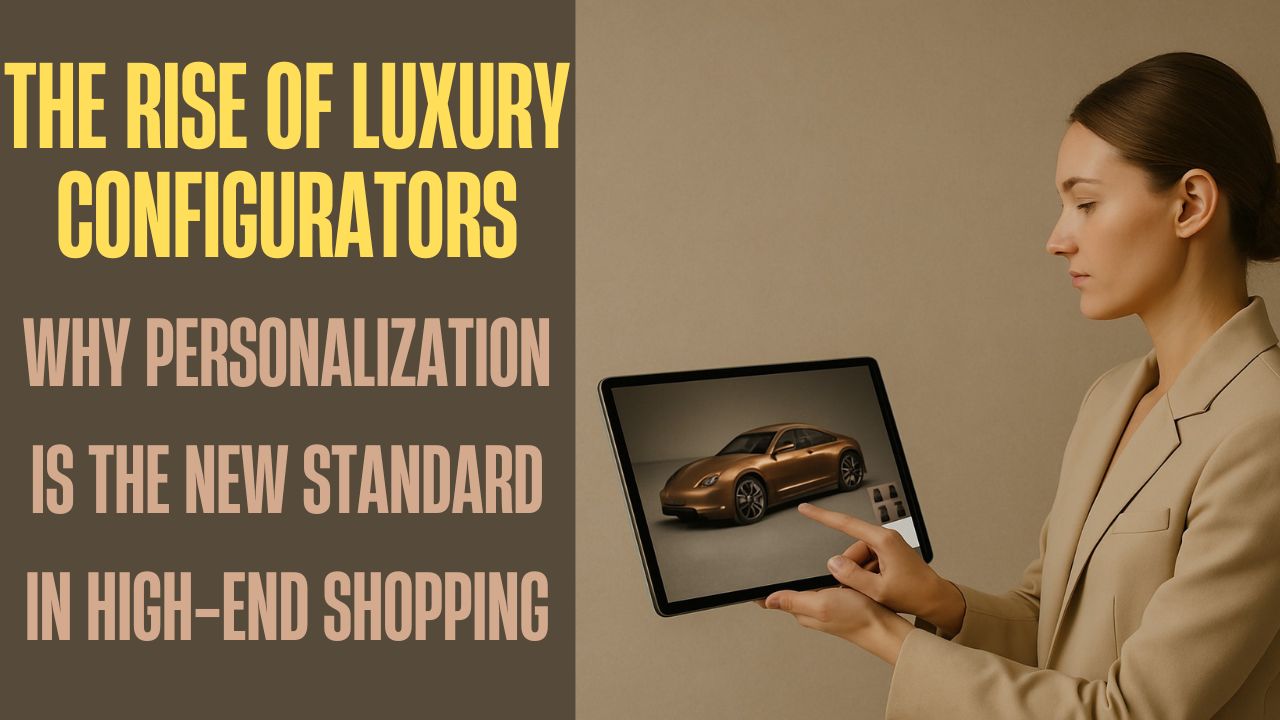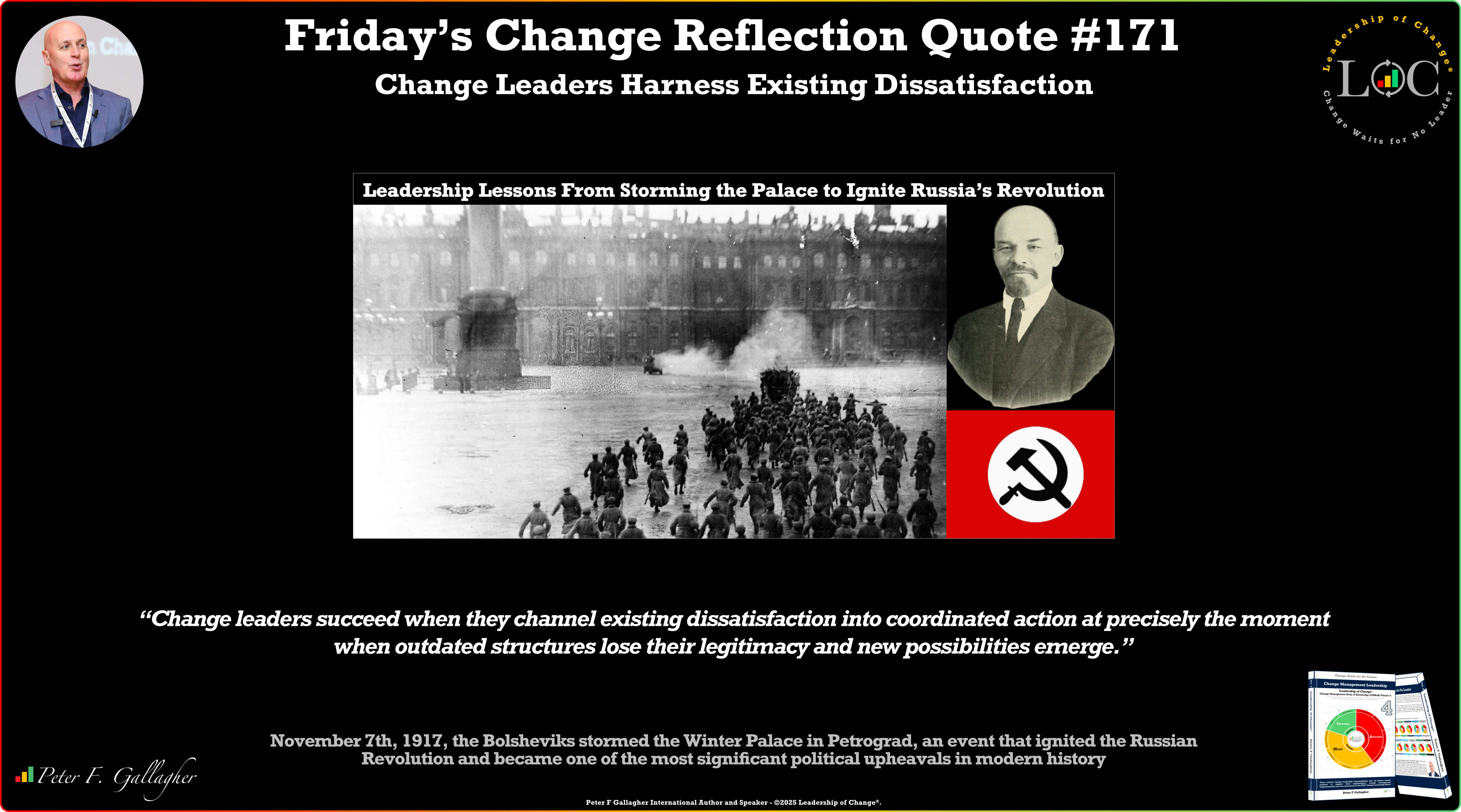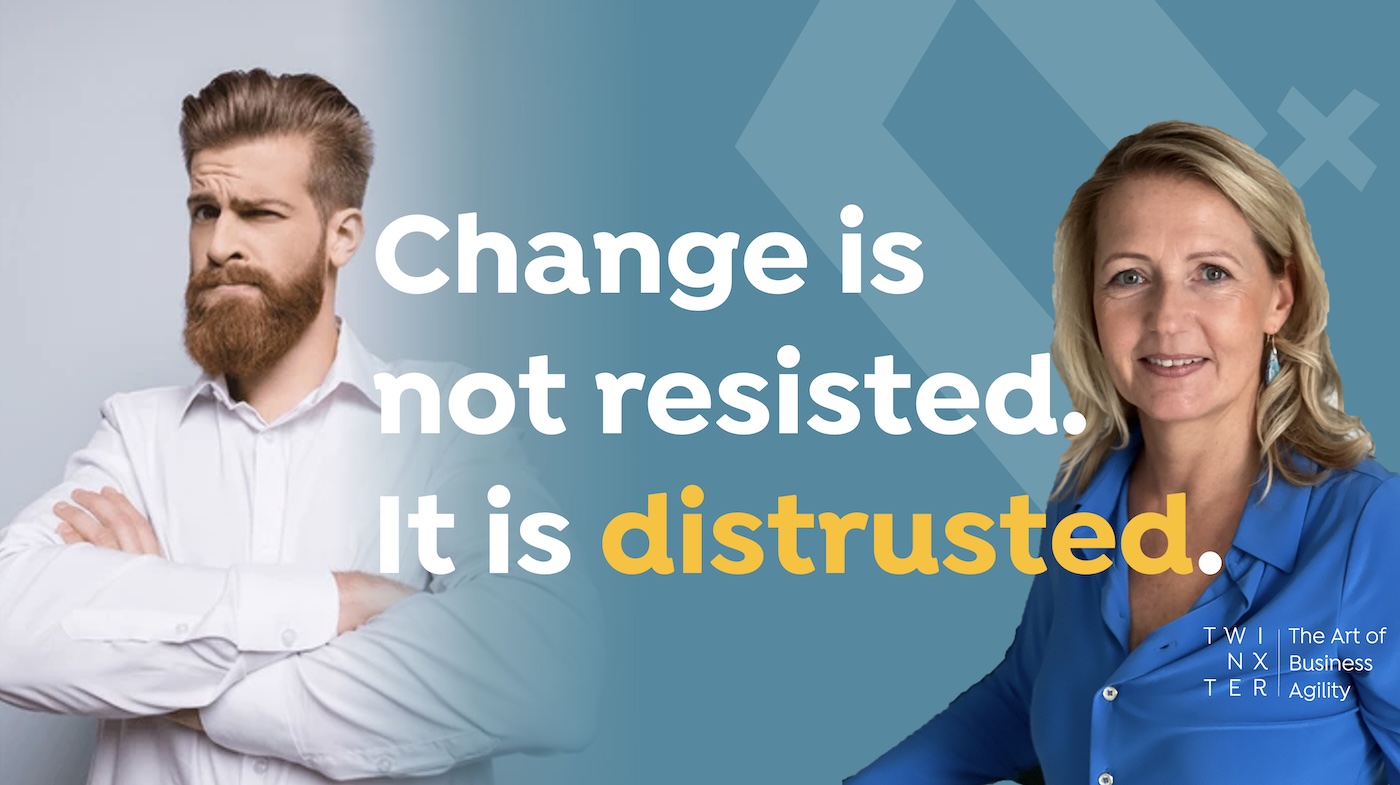Apr11

In the luxury market, experience is everything. For decades, high-end brands have defined prestige through exclusivity, craftsmanship, and personalization. Today, as digital expectations rise, consumers no longer just want to purchase luxury—they want to co-create it. And that's exactly what digital configurators allow them to do.
More than just tools, luxury configurators are immersive stages where emotion and desire meet technology. They allow clients to visualize, personalize, and fall in love with a product before a single cent is spent.
In industries like haute horlogerie, automotive, fashion, or interior design, configurators don't just support the sale—they elevate it. They turn passive viewers into active creators. They help transform a product into a reflection of self.
Luxury is not about owning—it’s about belonging. Configurators create that bridge.
This is not a trend. It's a transformation backed by numbers:
80% of luxury consumers expect personalized experiences (Boston Consulting Group).
Immersive configurators can boost engagement by up to 30% and conversions by 20% (McKinsey).
The global market for product configurator software is projected to grow from $1.1 billion in 2023 to over $2.8 billion by 2030, driven largely by luxury and high-value sectors (Fortune Business Insights).
A Deloitte study revealed that 48% of customers are willing to wait longer for a personalized product, highlighting the perceived value of co-creation.
In the automotive sector alone, 57% of luxury car buyers say a digital configurator experience significantly influences their purchasing decision (Capgemini).
Meanwhile, 63% of Gen Z and Millennial luxury shoppers say they would prefer brands that offer immersive digital customization tools over those that don't (BCG).
These figures confirm what leading brands already know: personalization isn't a nice-to-have—it's a business imperative.
A true luxury configurator goes far beyond function. It’s an emotional journey, a story told through digital craftsmanship:
Hyper-realistic visuals powered by real-time 3D rendering.
Fluid, intuitive and sensory interactions, often enhanced through AR or VR.
A seamless blend of storytelling and technology, where each configuration tells a story.
Options to save, share, or even mint a digital twin (as NFT or collectible asset), expanding the value beyond the physical product.
This is where exclusivity meets interactivity.
Several pioneering brands are already setting new standards:
Rolls-Royce allows customers to customize every detail, right down to the color of stitching or the choice of inlay wood.
Louis Vuitton has begun experimenting with digital trunk configurators that blend physical and virtual craftsmanship.
Ferrari offers clients immersive, remote experiences to design their cars from anywhere in the world—bringing showroom-level exclusivity to the home.
Hublot offers personalized timepiece builders that integrate 360° visualizations, giving customers full control over case materials, straps, and dials.
These aren’t isolated experiments. They’re blueprints for the future of luxury commerce.
Luxury has always thrived on anticipation. But in a world shaped by immediacy and digital fluency, configurators allow brands to deliver both exclusivity and speed.
The brands that embrace this technology won’t just sell more. They will:
Deepen emotional loyalty.
Build communities of engaged creators.
Become synonymous with innovation.
Personalization is no longer a differentiator—it’s the new standard.
If your brand is exploring the future of digital craftsmanship, now is the time to act. Configurators are more than a feature—they’re a strategic advantage.
#LuxuryTech #ImmersiveCommerce #Configurators #DigitalExperience #Innovation #Metaverse #Personalization
By Andres Leon
Keywords: AR/VR, Innovation, Metaverse
 Friday’s Change Reflection Quote - Leadership of Change - Change Leaders Harness Existing Dissatisfaction
Friday’s Change Reflection Quote - Leadership of Change - Change Leaders Harness Existing Dissatisfaction The Corix Partners Friday Reading List - November 7, 2025
The Corix Partners Friday Reading List - November 7, 2025 The Trust Deficit in Change Programmes
The Trust Deficit in Change Programmes Management of Portfolio complexity a key to Supply Chain responsiveness
Management of Portfolio complexity a key to Supply Chain responsiveness Who Revolves Around Your Ambitions? Time to Find Out.
Who Revolves Around Your Ambitions? Time to Find Out.